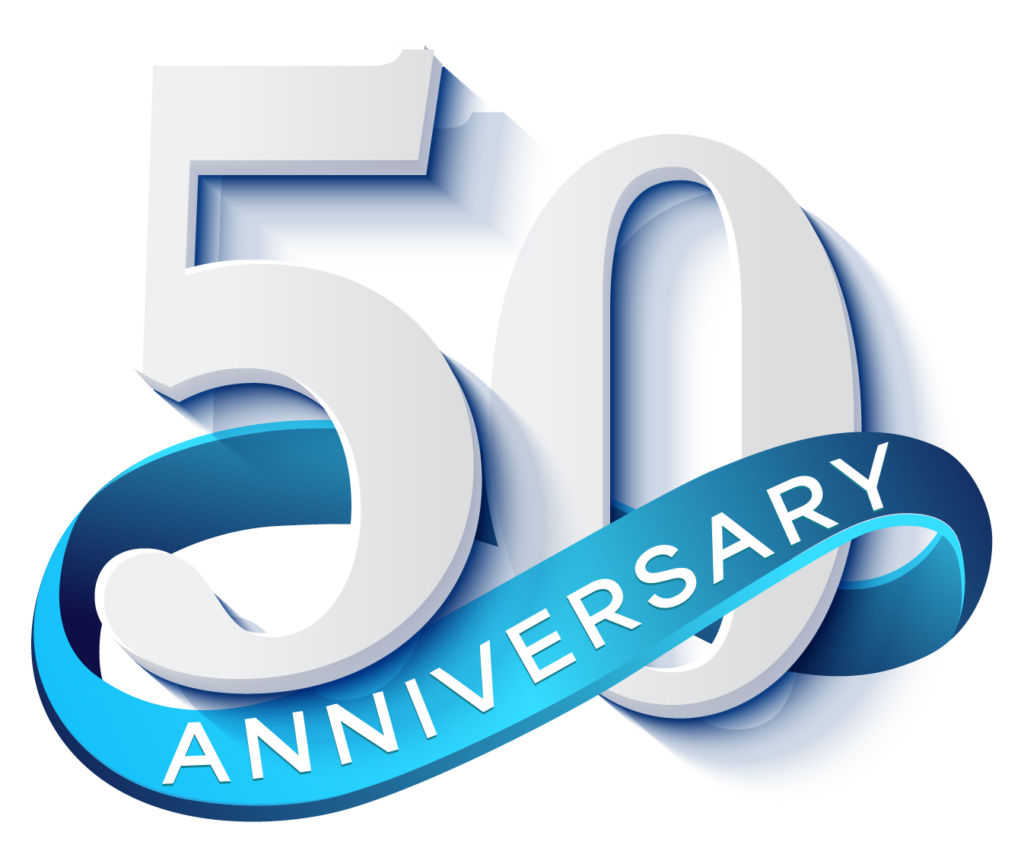When it comes to business success, an aspect that often goes unnoticed is the collective effort of your employees. They are the unsung heroes, the backbone of innovation, and the driving force behind the realization of corporate goals.
Yet, despite their far-reaching role, the power of employee engagement is frequently overlooked. According to Gallup, a staggering 87% of employees in the United States report feeling disengaged at work. This disparity between potential and performance stifles individual growth and stops organizational progress.
The urgency, therefore, is clear. Understanding how to get the most out of your employees is not merely beneficial; it’s a must.
Why Is It Important to Get the Most Out of Your Employees?
If you need the necessary incentive to fully grasp how to get the best out of your employees, here are a few clear benefits you, your employees and your organization can reap.
Catalyzing Creativity and Innovation
Amid a motivated and engaged workforce, creativity unfolds. Research reveals that companies with highly engaged employees experience a higher innovation rate compared to their less engaged counterparts. The hidden brilliance of your team members awaits to be activated by your leadership and is poised to propel your organization into uncharted territories of creativity and innovation.
Amplifying Productivity and Efficiency
The symbiotic relationship between employee engagement and productivity is shown by clear evidence. A meta-analysis of 112,312 businesses by Gallup discovered that highly engaged teams exhibit a 23% increase in profitability. This powerful synergy ensures that every hour invested by your employees yields a higher return, transforming mere labor into a strategic asset.
Fostering Employee Retention
The revolving door of employee turnover can be a substantial drain on resources. A comprehensive study by Gallup found that companies with high employee engagement boast a 65% lower turnover rate. By cultivating an environment where individuals feel valued and integral to the organizational narrative, you fortify your team against the erosive forces of attrition.
Enhancing Customer Satisfaction
Engaged employees are not confined to their tasks; they become brand ambassadors. A study conducted by Temkin Group revealed that 75% of companies with engaged employees offer better customer experience compared to 34% of other companies. The ripple effect of employee engagement extends beyond internal dynamics, resonating with clients and customers alike.
Nurturing a Positive Organizational Culture
Culture is the crucible in which workplace dynamics are forged. A positive organizational culture is a catalyst for innovation, collaboration, and resilience. Research by Deloitte found that 94% of executives and 88% of employees believe a distinct workplace culture is crucial for business success. Elevating employee engagement is not just a strategy; it’s an investment in the intangible asset of a thriving organizational culture.
Stimulating Employee Well-being
Well-being is not merely the absence of illness but the presence of vitality. A study published in the Journal of Leadership & Organizational Studies underscores the correlation between high employee engagement and better psychological well-being. By fostering an environment that nurtures not just professional growth but personal satisfaction, you create a workforce that isn’t just productive but flourishing.
What Are Some of the Challenges of Getting the Most Out of Employees?
However, despite our best efforts, there may be a few challenges that we have to overcome to attract and retain the previously mentioned benefits. Here are a few challenges that you should prepare yourself for.
Leadership Alignment
The gravitational pull of organizational goals needs to be aligned with the individual aspirations of employees. A misalignment in leadership vision and employee objectives creates dissonance, preventing the seamless flow of productivity. The Personalysis Executive Intensive Program offers a tailored approach to leadership development, ensuring that your organizational compass aligns with the diverse magnetic fields of your team members.
It’s time to tap into the power of employee engagement to finally grasp how to get the best out of your employees!
Communication Barriers
In the collage of workplace dynamics, communication is the adhesive that binds various elements. However, barriers such as hierarchical structures, language nuances, and digital disconnection can hinder the free flow of ideas. Overcoming these barriers requires a nuanced understanding of individual communication styles, a facet illuminated by science-based personality tools like Personalysis. Our science-based personality test allows you to understand how to get the most out of your employees by acknowledging their motivators, how they communicate, and how they feel valued. With these insights, you and the leadership team can help develop relationships with your employees and foster employee engagement.
Resistance to Change
Change is the only constant, yet it is often met with resistance. A study published in the Journal of Organizational Change Management found that 70% of change initiatives fail due to employee resistance and lack of management support. Unraveling this resistance demands a delicate balance between leadership persuasion and employee empowerment, a balance honed through the insights provided by Personalysis.
Work-Life Imbalance
The continual quest for balance between professional obligations and personal aspirations is a challenge faced by many employees. Striking this balance requires a personalized approach, acknowledging the unique constraints and aspirations of each team member. The Personalysis tool illuminates the individual landscape, enabling leaders to tailor solutions that harmonize with the intricacies of work-life integration.
Recognition Deficit
Recognition is the currency of motivation. However, a Gallup survey discovered that only one in three workers in the United States strongly agree that they received recognition for doing good work in the past week. Bridging this recognition deficit involves not just acknowledging achievements but understanding the diverse ways in which individuals feel valued. The Personalysis framework provides a nuanced lens through which leaders can decipher and cater to individual recognition preferences.
4 Key Principles For Navigating the Waters of Leadership Excellence
In your quest to understand how to gain buy-in from your employees, there are four key principles for creating a workplace where brilliance is not just encouraged but cultivated.
Set Clear Expectations
Clarity is the cornerstone of effective leadership. Ambiguity breeds confusion and sows the seeds of discontent. Leaders must articulate clear expectations, defining not just the “what” but also the “why” behind tasks.
Employees perform better when expectations are clearly communicated. The Personalysis Executive Intensive Program empowers leaders to tailor expectations to individual strengths and preferences, ensuring a resonance that transcends mere clarity.
It’s time to tap into the power of employee engagement to finally grasp how to get the best out of your employees!
Provide Regular Feedback
Feedback is the compass that recalibrates the trajectory of performance. It is not a one-off event but a continuous dialogue. A Gallup poll reveals that employees who receive regular feedback are 3.2 times more likely to be engaged. The Personalysis framework adds depth to this principle by offering insights into the unique ways individuals receive and process feedback. A personalized feedback approach, tailored to individual personalities, fosters a culture of continuous improvement.
Give Employees the Resources They Need
Equipping your team with the right tools is similar to providing a painter with a palette. A study by Gallup found that employees who strongly agree they have the materials and equipment they need to do their work are 44% more engaged.
Create a Positive Work Environment
The ambiance of the workplace is not a mere backdrop; it is a protagonist in the narrative of employee engagement. A positive work environment is a catalyst for motivation and collaboration. A survey by Deloitte found that 89% of employees believe a positive workplace culture is crucial for their success. Start by understanding the diverse personality types of your team, enabling you to create an environment that resonates with the unique preferences of each team member.
5 Specific Strategies For Crafting the Blueprint for Employee Empowerment
When it comes to modern leadership, generic approaches tend to fall short. Tailored strategies are essential to unleash the full potential of your workforce. Here are five specific strategies that transcend the ordinary, igniting a spark of motivation and excellence.
Set Challenging but Achievable Goals
Motivation lies in the delicate balance between challenge and feasibility. Ambitious goals inspire, but unrealistic expectations breed frustration. A study by Locke and Latham found that specific and challenging goals lead to higher performance.
First, with the help of The Personalysis Executive Intensive Program, you’ll gain a granular understanding of individual capacities, enabling leaders to set goals that stretch without snapping, creating a path to continuous improvement. Then, take the time to set weekly, monthly, quarterly, and annual goals that challenge your team without demotivating them.
Delegate Tasks and Responsibilities
Leadership is not a solitary endeavor; it’s a collaborative harmony. Delegating tasks empowers employees, fostering a sense of ownership and responsibility. A study discovered that effective delegation leads to increased job satisfaction and productivity. Aim to understand the unique strengths of team members, and facilitate strategic task allocation that aligns with individual capabilities.
Encourage Teamwork and Collaboration
The symphony of success is orchestrated by a collective, not by a solo performance. Encouraging teamwork and collaboration is not just a strategy; it’s a cultural must. Research by McKinsey found that companies with a collaborative culture are five times more likely to be high-performing. The Personalysis framework deepens this principle by unraveling the dynamics of team interaction, enabling leaders to nurture an environment where diverse personalities harmonize for collective brilliance.
Give Employees Autonomy and Flexibility
The leash of micromanagement stifles creativity and hampers innovation. Providing employees with autonomy and flexibility empowers them to explore uncharted territories. Autonomy leads to increased job satisfaction and performance.
Promote Work-Life Balance
The relentless pursuit of professional success should not come at the expense of personal well-being. Promoting work-life balance is not just a humane gesture; it’s a strategic investment. Employees with better work-life balance are more engaged, less likely to burn out, and exhibit higher job performance.
Aim to cultivate an environment where the delicate equilibrium between professional commitment and personal fulfillment becomes not just an organizational ethos but a guiding principle, fostering a workforce that doesn’t just thrive in the workplace but carries the vibrancy of a well-balanced life into every professional endeavor.
Conclusion
Cultivating employee engagement is not about quick fixes or superficial perks; it’s about nurturing an environment that resonates with the unique personalities and capacities within your team.
It’s about setting challenging yet achievable goals, delegating tasks that align with individual strengths, fostering collaboration, providing flexibility, and advocating for work-life balance.
Remember, the strength of your organization lies not just in the capabilities of your employees, but in how effectively those capabilities are harnessed and optimized.
As Lawrence Bossidy, former CEO of AlliedSignal, once said, “Nothing we do is more important than hiring and developing people. At the end of the day, you bet on people, not on strategies.”
It’s time to tap into the power of employee engagement to finally grasp how to get the best out of your employees!




